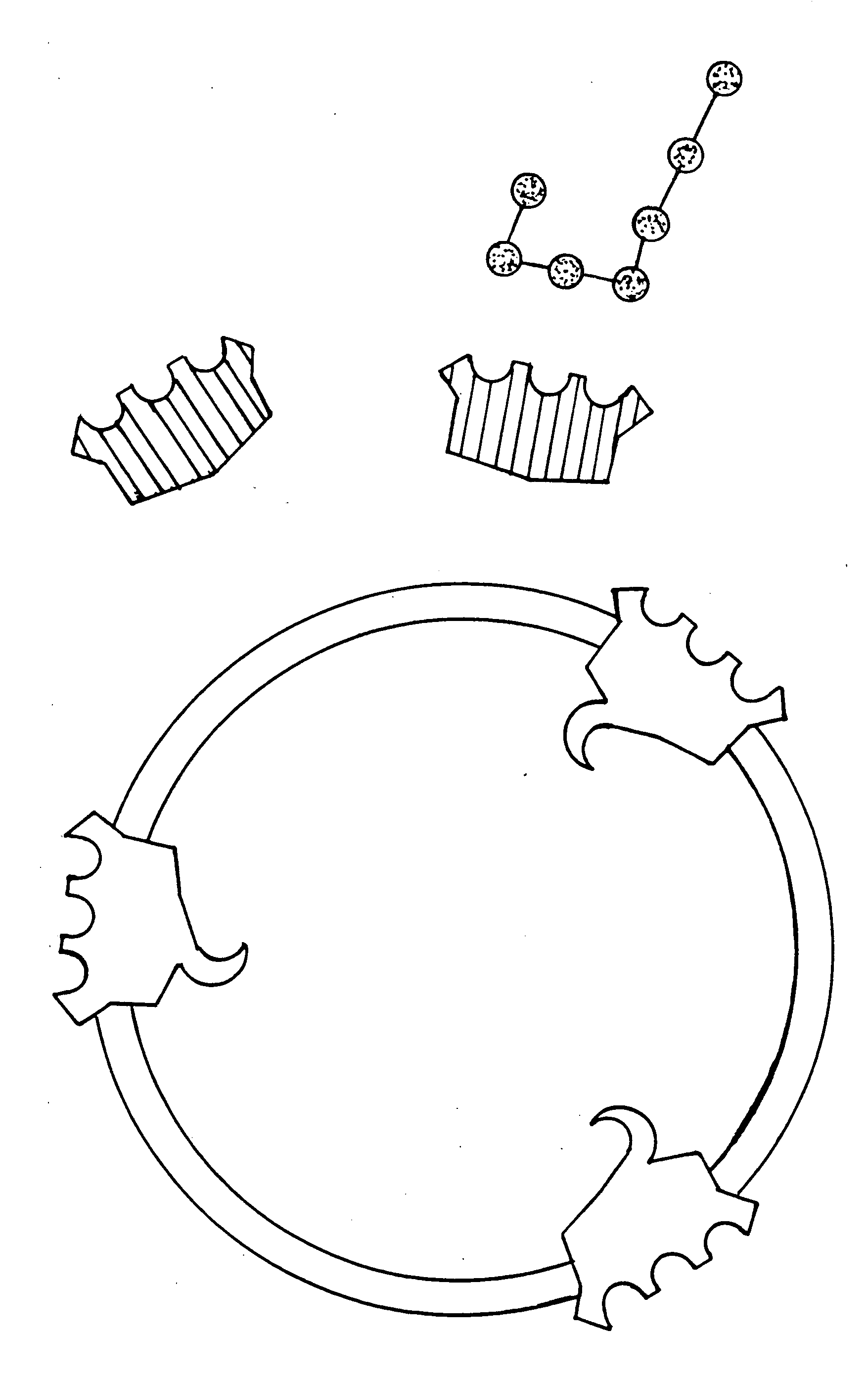Methods and compositions for treating allergic reactions
a technology for allergic reactions and compositions, applied in the direction of drug compositions, peptide/protein ingredients, immunological disorders, etc., can solve the problems of methotrexate, a large inherent toxicity, and the inability to tolerate long-term use,
- Summary
- Abstract
- Description
- Claims
- Application Information
AI Technical Summary
Benefits of technology
Problems solved by technology
Method used
Image
Examples
example 1
[0050] This example describes the use of soluble IL-1 receptor to reduce the cutaneous allergic reactions following the intradermal administration of antigen.
[0051] Early and late phase responses have been observed following bronchial challenge with such antigens as ragweed pollen and house dust. Importantly, these responses in lung tissue correspond in time to the early and late phase reactions in skin following intradermal challenge with similar antigens (See Dolovich, J. and D. C. Little, J. Allergy Clin. Immunol. 49:43 (1972); See also Solley, G. O. et al., J. Clin. Invest. 58:408 (1976)). Skin reactivity to allergen, especially the Late Phase Reaction (LPR) skin test is believed to be predictive of events occurring in the lungs of asthmatics.
[0052] The LPR skin test is performed by interadermally injecting subjects on the forearm with test solution. The test solution contains the challenging antigen. Controls receive test solution without challenging antigen. The injection si...
example 2
[0061] This example describes the use of soluble IL-1 receptor to reduce the LPR following conjunctival provocation with antigen.
[0062] Ocular involvement is common in allergic conditions. It can be the result of systemic allergic symptoms or, indeed, the main focus of allergic disease.
[0063] With respect to specific ocular allergies, allergic rhinoconjunctivitis, atopic keratoconjunctivitis, vernal conjunctivitis, giant papillary conjunctivitis, and contact allergy have been identified as the primary types. The most commonly seen form of ocular allergy is the red itchy eyes that accompany allergic rhinitis during the allergy season.
[0064] Usually ocular symptoms are overshadowed by nasal or respiratory symptoms. However, in some cases the ocular symptoms predominate. Patients typically complain of red, swollen, itchy eyes, and scant mucous discharge. Itching is an important symptom for ocular allergy since most patients with allergy have itching, and very few other ocular condit...
example 3
[0077] This example describes the use of soluble IL-1 receptor to reduce the LPR in nasal tissue following inhalation of antigen.
[0078] Patients with allergic rhinitis often have immediate symptoms after antigen challenge (the early phase response), followed several hours later by a recurrence of symptoms (the late-phase response). This example involves a controlled study of asymptomatic subjects in the pollen-free winter months.
[0079] Sixteen patients with seasonal allergic rhinitis due to grass or ragweed pollens are selected. All subjects have a positive intradermal skin test to 10 PNU (protein nitrogen units) or less of antigen extract, and all have previously had a dual response (early and late) to nasal challenge with antigen.
[0080] Ragweed and mixed-grass pollen extracts (timothy, orchard, June and meadow grass in a ratio of 3:2:3:2) are purchased from Greer Laboratories (Lenoir, N.C.); lactated Ringer's solution and oxymetazoline hydrochloride (Afrin, Schering, Kenilworth...
PUM
| Property | Measurement | Unit |
|---|---|---|
| concentration | aaaaa | aaaaa |
| concentration | aaaaa | aaaaa |
| soluble | aaaaa | aaaaa |
Abstract
Description
Claims
Application Information
 Login to View More
Login to View More - R&D
- Intellectual Property
- Life Sciences
- Materials
- Tech Scout
- Unparalleled Data Quality
- Higher Quality Content
- 60% Fewer Hallucinations
Browse by: Latest US Patents, China's latest patents, Technical Efficacy Thesaurus, Application Domain, Technology Topic, Popular Technical Reports.
© 2025 PatSnap. All rights reserved.Legal|Privacy policy|Modern Slavery Act Transparency Statement|Sitemap|About US| Contact US: help@patsnap.com

